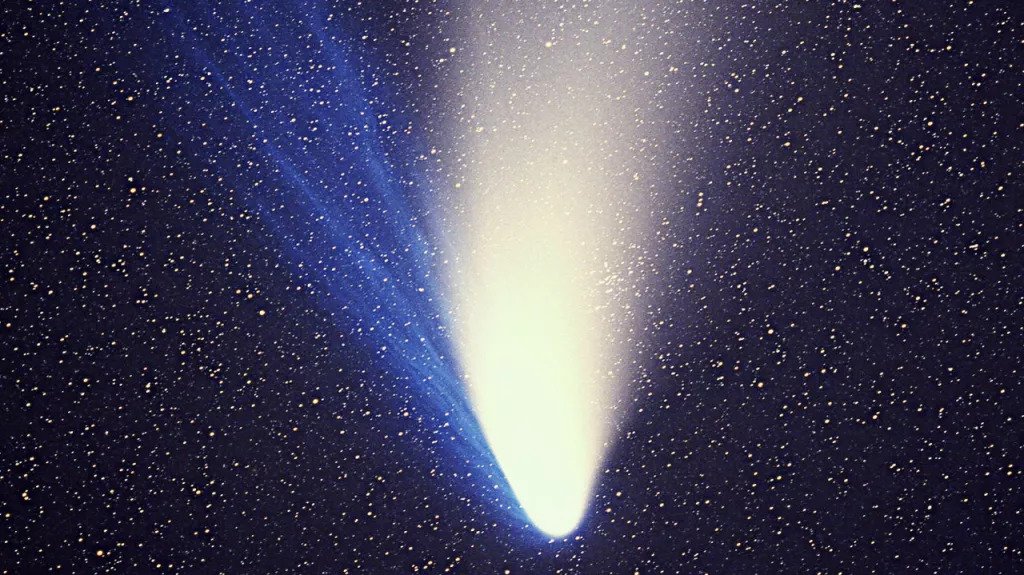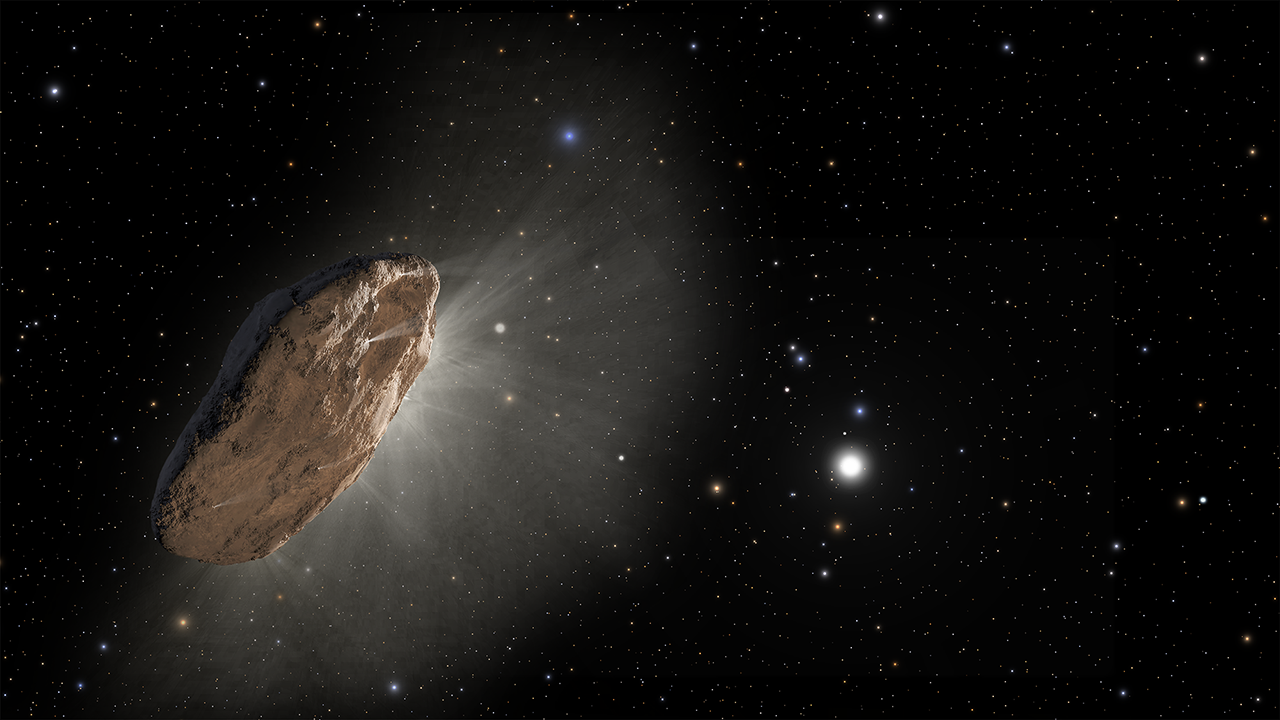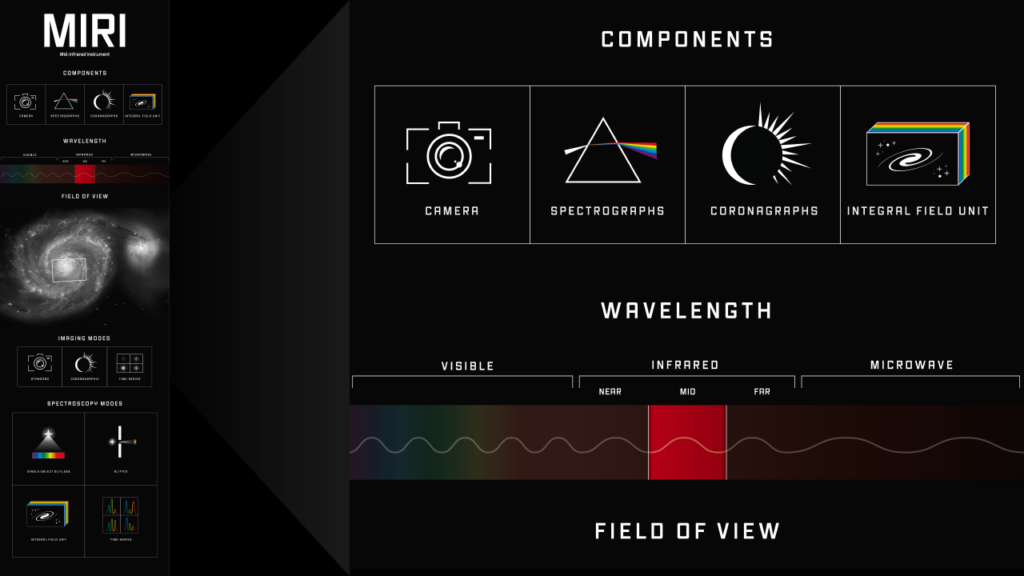Scientists plan to use the James Webb Space Telescope to study comets in the Solar System. It is planned that in the first year of its work it will be able to observe objects from three different families. Perhaps it will be able to find a guest who visited us from deep space.

James Webb to study comets
When the James Webb Space Telescope begins its work on July 12, its goal will not only be the mysteries of deep space, such as the search for extraterrestrial life or dark matter. It will also study more familiar things, such as comets.
At least, scientists led by Heidi Gammel are counting on this. The comet observation program is included in Cycle 1 of the James Webb program for the first year. This means that interesting results can be expected from it in the coming months.
Which comets will the telescope observe?
James Webb is expected to observe at least three different comets in infrared light. The first of them should belong to the Jupiter family. Scientists are interested in how the gravity of a giant planet affects the orbits of such objects. The most likely candidate here is Comet Borrelly.
The second object should belong to the Main Asteroid Belt. These short-period “tailed guests” spend a lot of time and spend close to the Sun. Here, Comet Reed is called the main candidate. The third celestial body should be the most interesting.
Astronomers expect to explore a previously unknown comet, which James Webb should discover. Perhaps it will be an object from the Oort cloud, pushed out of its cradle by some excitations. Even more interesting is the possibility of discovering a celestial body that flew into the Solar System from the depths of distant space, such as the asteroid Oumuamua or comet Borisov.

Why James Webb
James Webb is an observatory with several unique astronomical instruments. The possibility that it will be the first to see a comet that has arrived to us from space outside the Solar System is provided by the unprecedented sensitivity of the telescope.
Near- and mid-infrared cameras can see objects in the Oort cloud that ground-based equipment would be able to see only in a few months. Astronomers expect that in the first weeks of operation, the telescope will independently find a third object of study.
It is not surprising that scientists are very interested in the possibility of using powerful spectrographs on board the observatory. Comets contain traces of the primary cloud from which the solar system was formed. And although samples of their material have already been obtained, the opportunity to study it with high accuracy and also compare three different “tailed stars” can be incredibly valuable.

The chemical composition of a comet that came to us from another star system will have the maximum value. Scientists are just beginning to get used to the idea that organic substances are much more widespread in space than one could imagine. And another heavenly guest can tell us a lot of interesting things about it.
According to www.space.com
Follow us on Twitter to get the most interesting space news in time
https://twitter.com/ust_magazine

